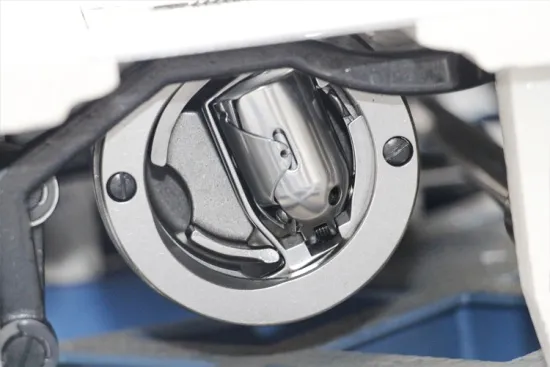Understanding the Basics of Lockstitch and Its Importance in Sewing Techniques
Understanding Lockstitch A Fundamental Concept in Sewing
Lockstitch is a widely used sewing technique that forms the basis of many stitching applications in garment construction and textile manufacturing. This method is characterized by the interlocking of two threads one from the needle and the other from the bobbin. Understanding lockstitch not only enhances your sewing skills but also improves the quality and durability of your sewn products.
What is Lockstitch?
In its most basic form, lockstitch is produced when the upper thread, which is threaded through the needle, passes through the fabric and engages with the lower thread from a bobbin. This interaction creates a secure stitch that holds two pieces of fabric together. The task is accomplished by a sewing machine or can also be done by hand, although the machine method is predominant due to speed and efficiency.
The sewing machine's mechanism uses a shuttle to carry the bobbin thread upwards and around the needle thread, forming a knot that secures the thread in place. This lock between the two threads is what gives the lockstitch its name. The result is a flat, tight seam that is ideal for various types of fabric, making it a go-to method for both home sewers and professional tailors.
Advantages of Lockstitch
Lockstitch offers numerous advantages that contribute to its popularity
1. Strength and Durability The interlocking nature of the threads provides a robust seam that can withstand tension and stress, making it suitable for high-wear garments such as jeans or outerwear.
what is a lockstitch

2. Aesthetic Appeal The lockstitch produces a clean and flat finish on both the front and back sides of the fabric, which enhances the overall appearance of the garment.
3. Versatility Lockstitch can be used on a wide variety of fabrics, from lightweight materials like silk to heavier textiles like denim. It is suitable for both straight stitching and intricate patterns.
4. Ease of Use With the advancements in sewing technology, many modern sewing machines are designed with built-in lockstitch capabilities, making it accessible for beginners and providing a quick solution for experienced sewers.
Applications of Lockstitch
The applications of lockstitch are extensive. It is predominantly used in the garment industry for sewing clothing, where precision and durability are paramount. Lockstitch is ideal for everything from shirt seams to formal wear. Additionally, home sewers frequently employ this technique for quilting, crafting, and mending.
In industrial applications, lockstitch is essential for creating seams in mass production, ensuring consistent quality in every piece. It also finds its use in upholstery, where a strong, binding stitch is required to hold fabric around cushions or furniture.
Conclusion
In summary, a lockstitch is a fundamental yet versatile method of stitching that plays a crucial role in sewing and textile industries. Its strength, aesthetic qualities, and ease of use make it the preferred choice for many sewing projects. Whether you’re a novice learning the basics or an expert looking to refine your skills, understanding lockstitch can significantly improve your sewing capabilities and the quality of your finished products. By mastering this technique, you can ensure that your garments are not only beautiful but also durable, making lockstitch an essential skill for anyone passionate about sewing.
-
Revolutionizing Sewing with CNC TechnologyNewsMar.28,2025
-
Revolutionizing Efficiency with Automatic Sewing MachinesNewsMar.28,2025
-
Mastering Precision with Sewing Machines and ToolsNewsMar.28,2025
-
Mastering Precision with Double Needle and Chain Stitch Sewing MachinesNewsMar.28,2025
-
Leather Sewing Machines for Every NeedNewsMar.28,2025
-
Find the Best Deals on the Adler 205 370 Sewing MachineNewsMar.28,2025
-
The Essential Guide to Overlock Sewing MachinesNewsMar.18,2025





























